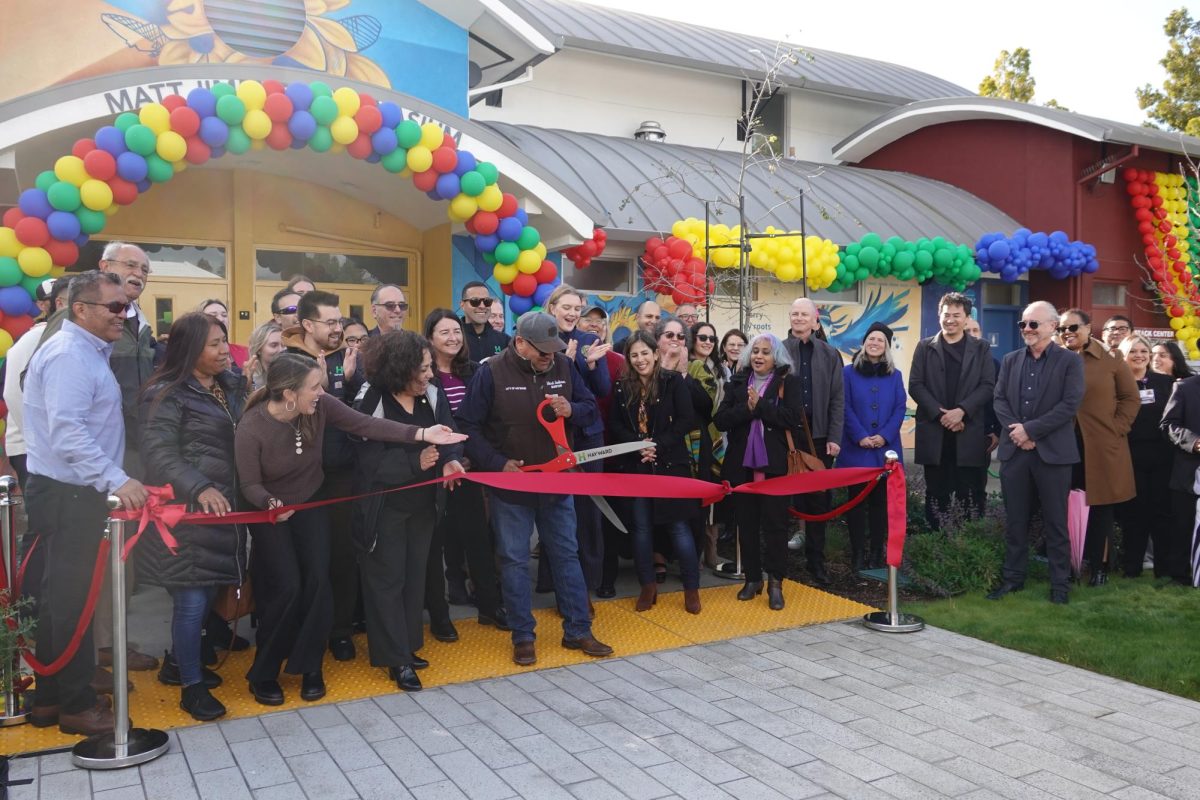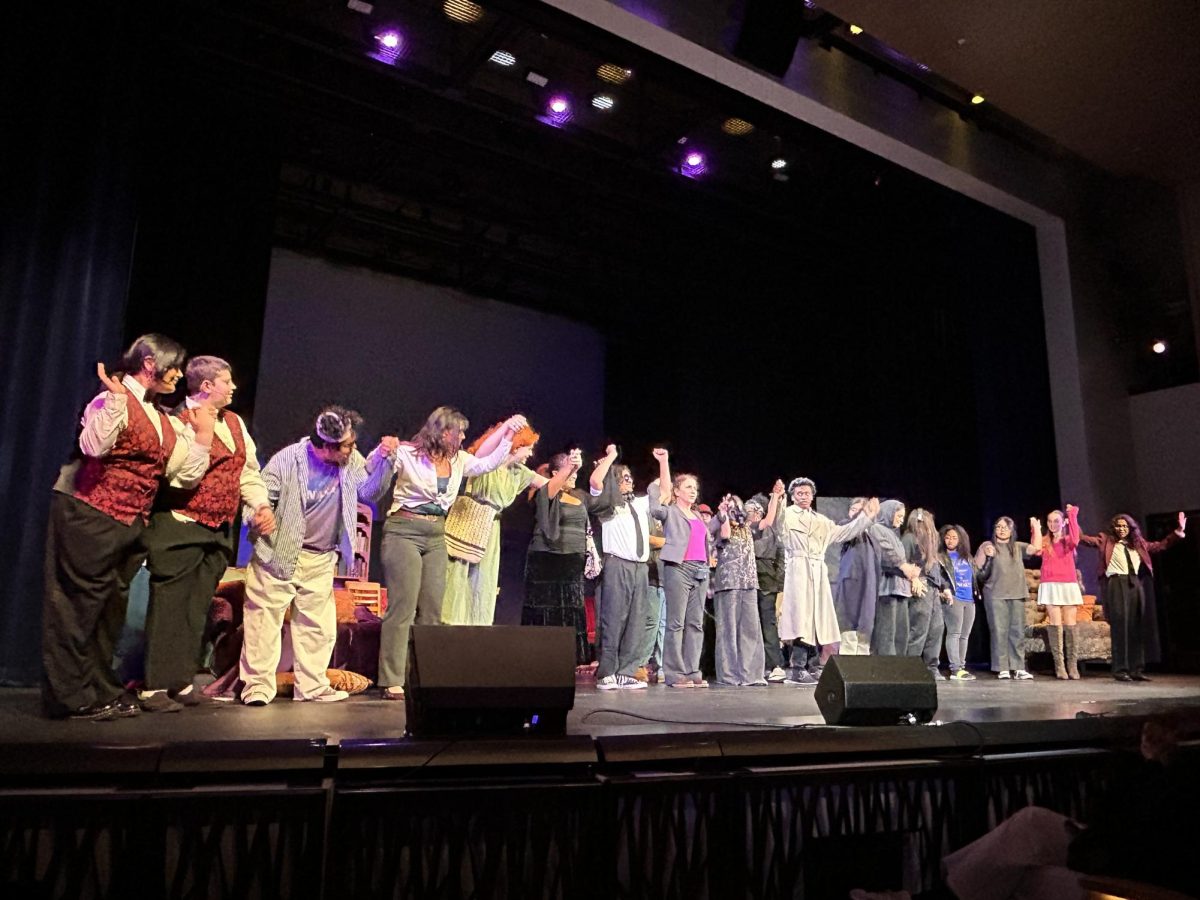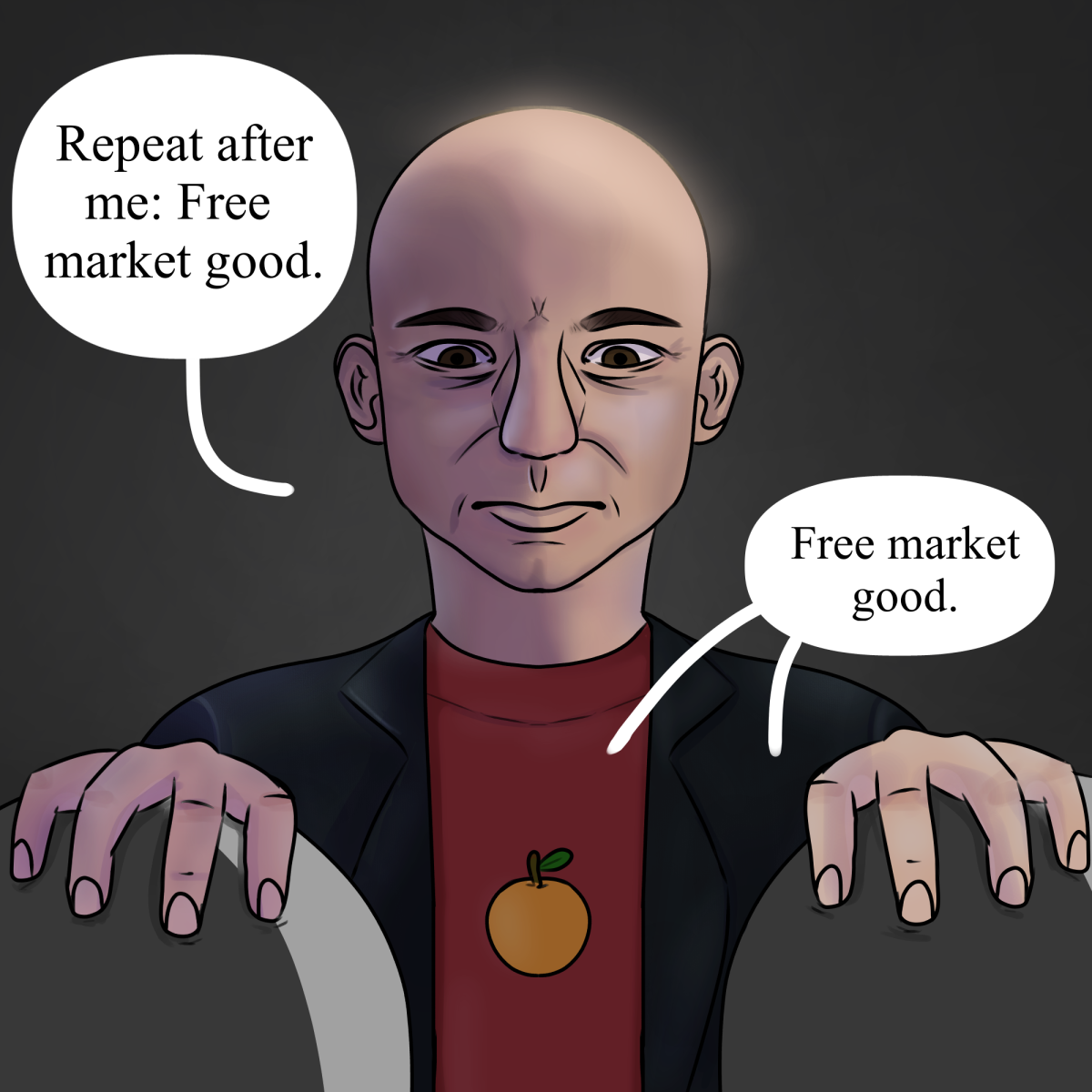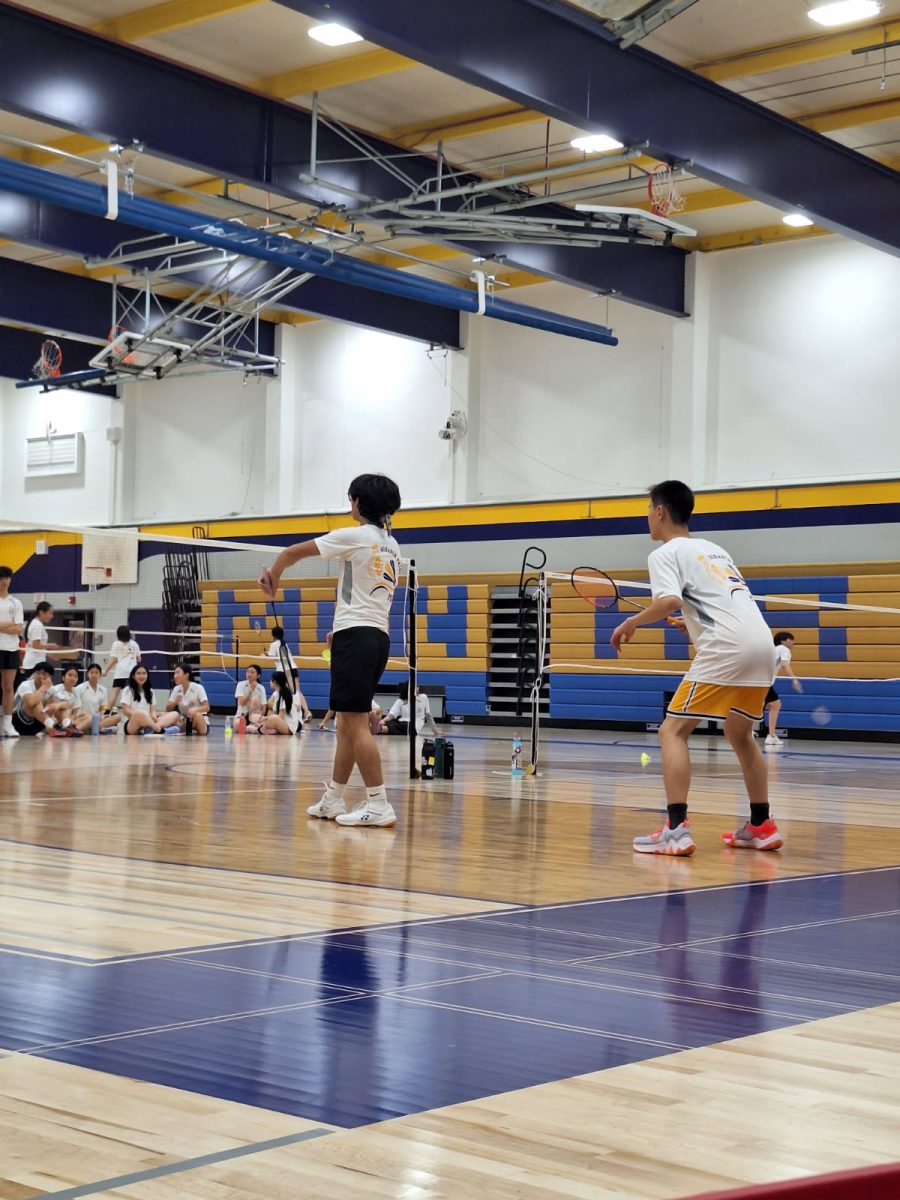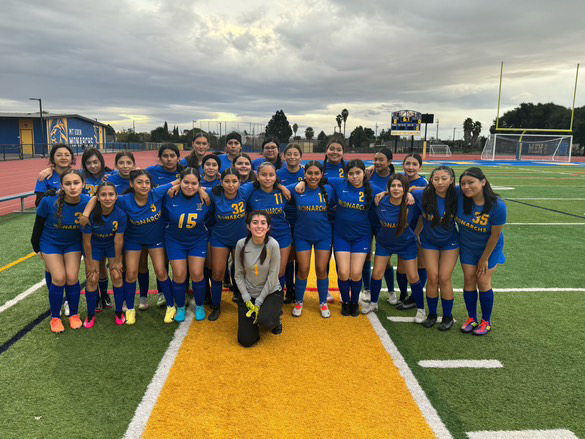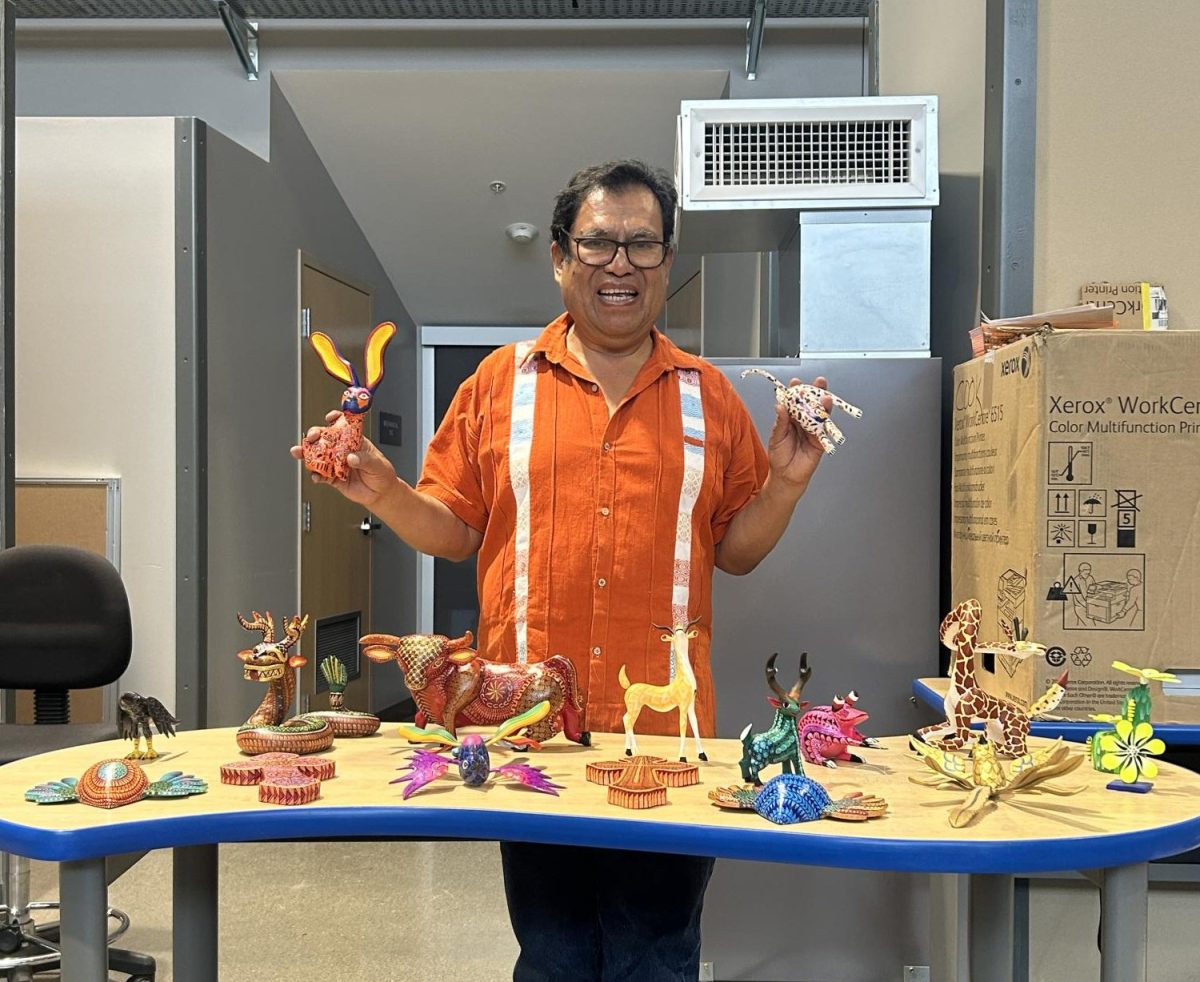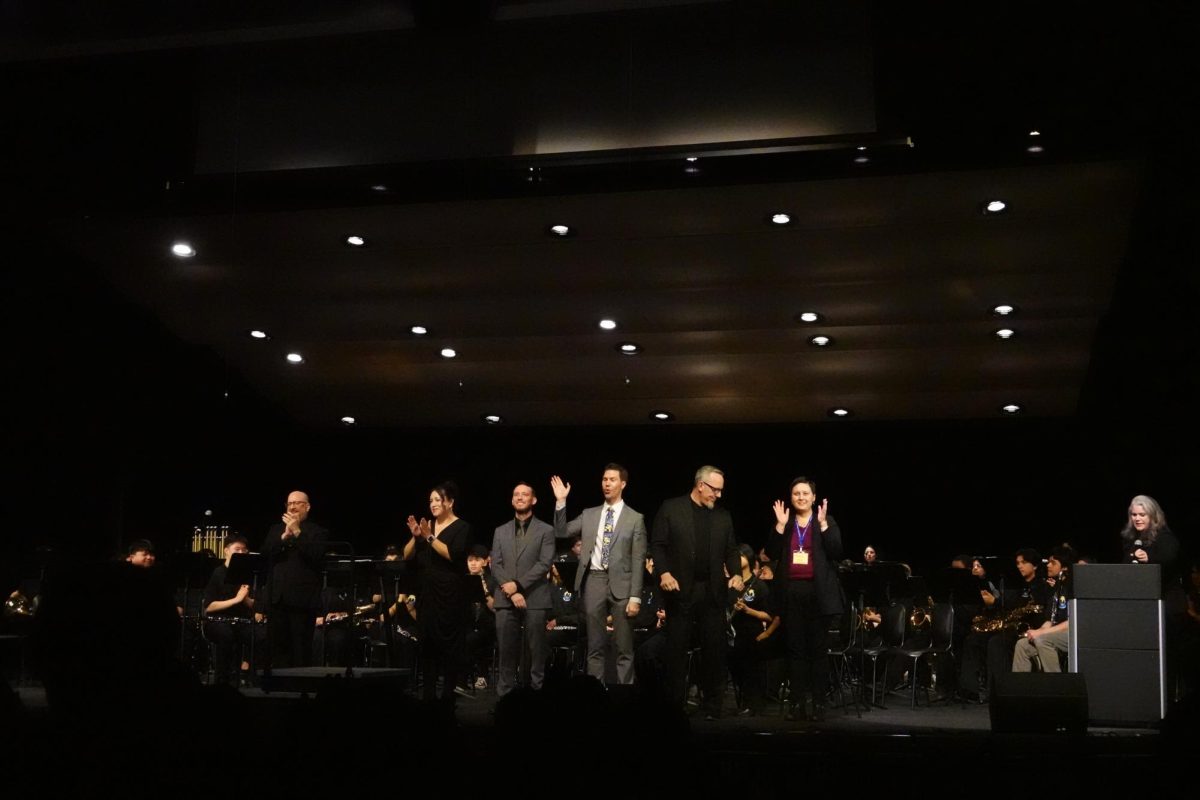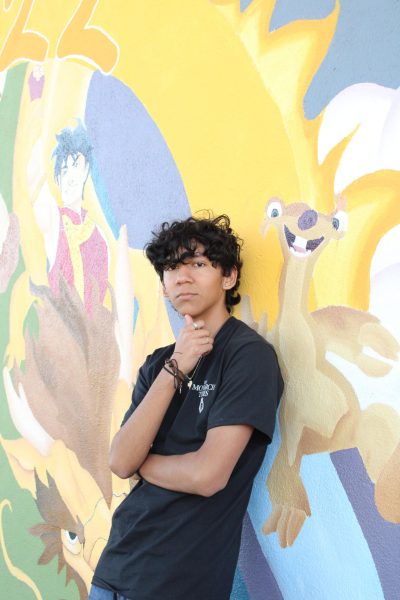In today’s digital age, where news travels faster than ever, the power of leaders and media to shape public opinion is undeniable. However, with this immense power comes the grave responsibility of disseminating truthful, unbiased information. Unfortunately, false information from politicians and media misinformation has become a pervasive issue, deepening divisions in communities and fostering fear, prejudice, and even violence.
In Springfield, Ohio, tensions flared when former President Donald Trump spread false rumors in the first presidential debate. Trump claimed that Haitian immigrants in the area were not only living in the country illegally but were also engaging in bizarre behavior like eating dogs and cats. These claims, rooted in xenophobic stereotypes and disinformation, quickly ignited outrage among segments of the local white population who believed this to be true. This led to protests, hostile confrontations, and threats in a town already dealing with integration and immigration policies.
JD Vance, Trump’s running mate, admitted to using false rumors like these to raise attention for immigration issues in the U.S.
“If I have to create stories so that the American media actually pays attention to the suffering of the American people, then that’s what I’m going to do,” said Vance.
As a result the town has received more than 33 bomb threats and had to close city hall and schools on multiple occasions. This lie has become a dangerous situation for residents of this town with a mayor and community in crisis, begging Trump and Vance to leave them out of the discussion on immigration.
What happened in Springfield is reflective of a broader trend seen across the United States and globally, where misinformation preys on the uncertainties of our time—whether related to immigration, public health, or guns. These narratives are designed not only to dehumanize the target group but also to create panic, provoking a swift, irrational response from the community.
When communities are already vulnerable, economically or socially, they are more susceptible to narratives that provide an easy scapegoat for community frustrations. Media outlets and politicians that engage in fear mongering and misinformation exacerbate this vulnerability and create dangerous situations for our communities. This leaves lasting scars on the social fabric and threatens our democratic institutions.

